Clark County Today Editor Ken Vance offers his latest thoughts on the I-5 Bridge Replacement Project
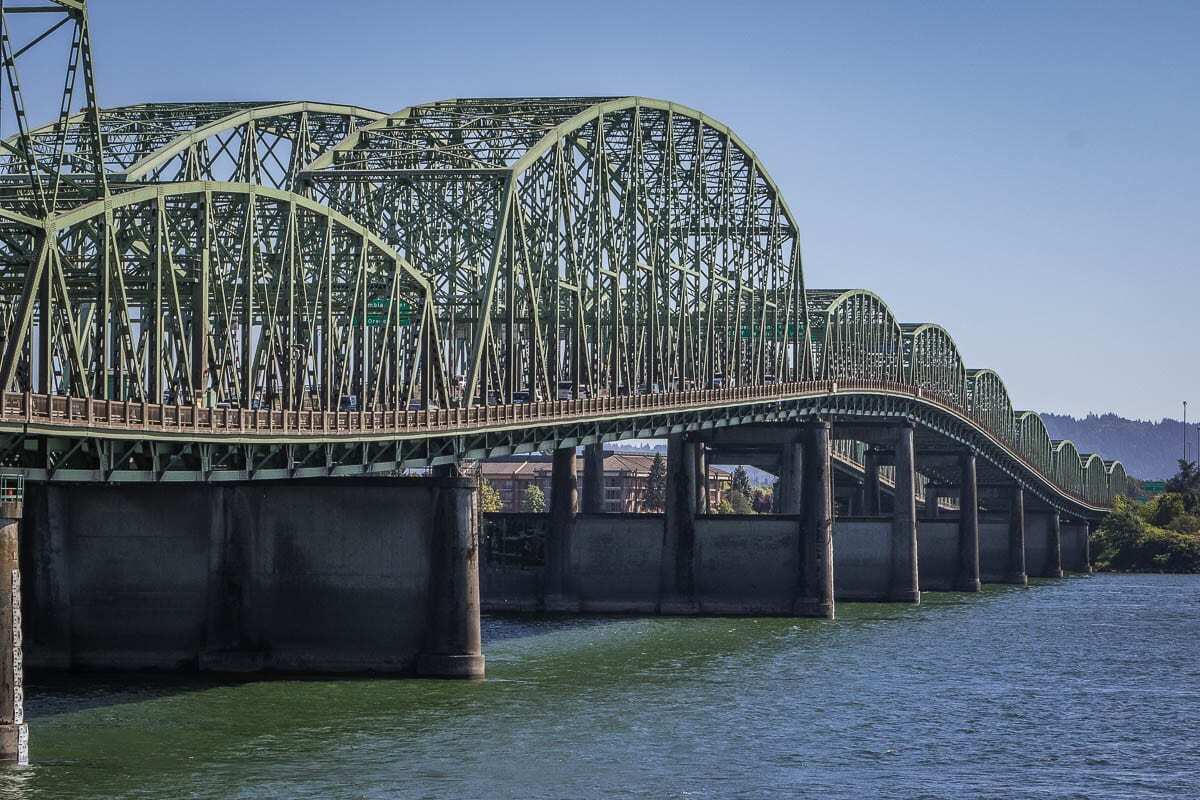
For as long as I can remember, elected officials and community leaders in Washington and Oregon have been attempting to address transportation congestion issues between the states. Those discussions have centered around additional crossings over the Columbia River and the replacement of the existing Interstate 5 Bridge.
Recently, those discussions have centered around replacing the Interstate 5 Bridge. I’m on the record as saying we need a third corridor and crossing over the Columbia River first and a replacement of the I-5 Bridge second. The latter is done largely out of safety concerns about an aging bridge and its ability to withstand a significant seismic event and not about relieving us of any portion of our traffic congestion issues. I want traffic congestion relief first. I believe that’s what the people want also. Remember, estimates of the failed Columbia River Crossing project would only reduce commute times one minute in just one of the two directions for Southwest Washington residents traveling to and from Oregon for work each day.
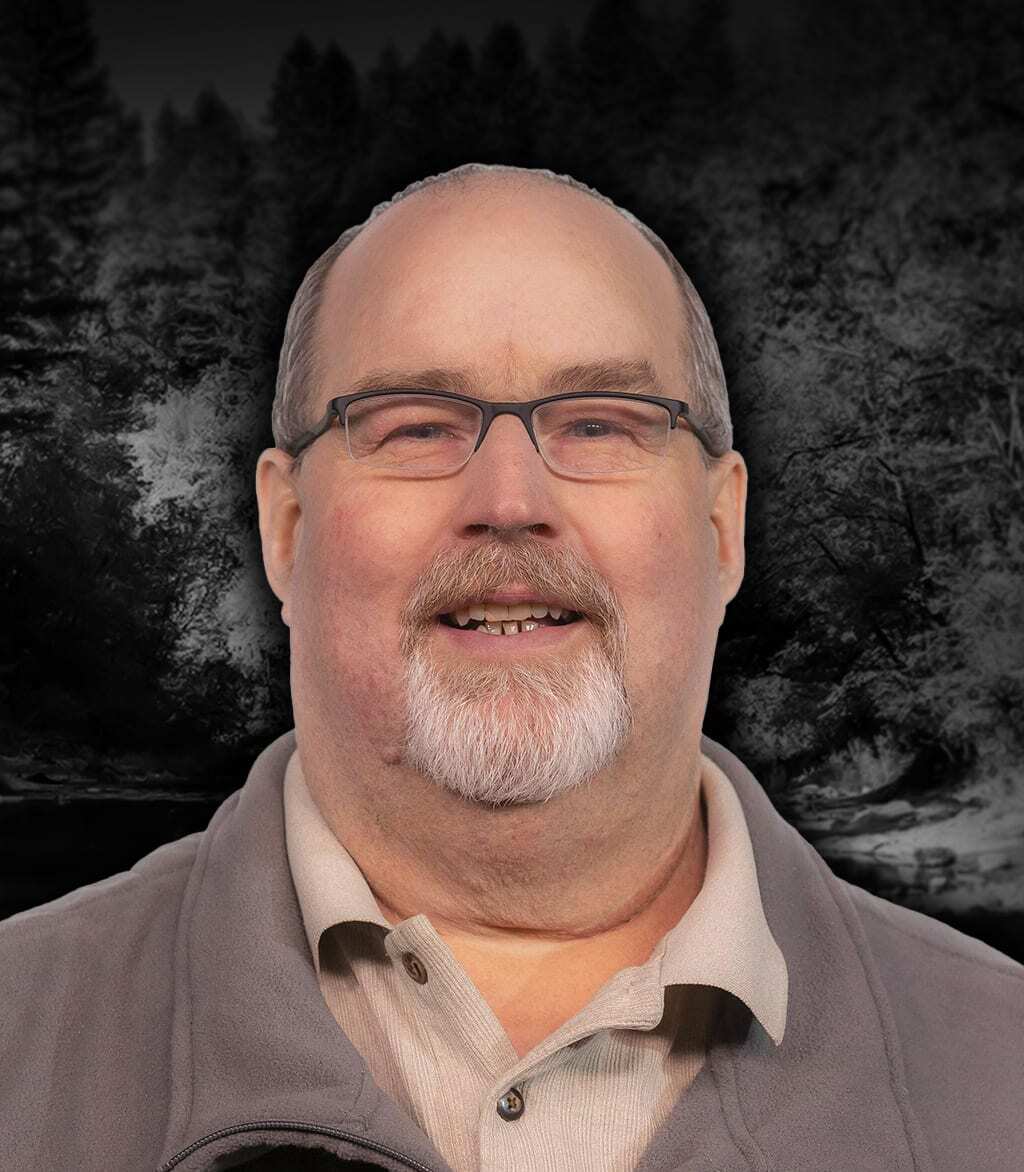
But, there’s been absolutely no traction on discussions for a third bridge. Instead, the governors of both states — Washington’s Jay Inslee and Oregon’s Kate Brown — entered into a bi-state Memorandum of Intent in November 2019 to restart work to replace the Interstate 5 Bridge. That document can be found here.
I have watched this process closely and Clark County Today reporter John Ley has done the best work of any journalist in the Portland Metropolitan area informing citizens about those efforts to replace the I-5 Bridge.
Even though I strongly disagree, I’ve reluctantly accepted the fact that the governors and other elected officials have decided the first bite of the improving-transportation apple will be the I-5 Bridge replacement. As I observe the process, my greatest concern is that those involved are making the same mistakes that were made in the failed CRC process and that means that it could reach the same conclusion, or fate.
Recently, Ley shared with me a Willamette Week story in which U.S. Rep. Earl Blumenauer (Democrat, Oregon) addressed the issue of light rail being included in an I-5 Bridge replacement project.
“If I have anything to say about it, {the Columbia River Bridge} will never be built unless it does,’’ said Blumenauer about the light rail component.
The Willamette Week (WW) story also included this context:
“Oregon and Washington burned through more than $175 million designing the Columbia River Crossing between 2010 and 2013. Costs ballooned, critics revealed the bridge wasn’t high enough for ships to pass under it, and WW’s reporting showed Oregon’s plan to pay for it was flawed. But the death knell for the CRC was opposition to light rail from public officials in Vancouver, Wash.’’
In the WW story, Blumenauer called his inability to land the Columbia River Crossing “one of the great frustrations of my career.” The story also reported that Blumenauer once again threatened that if the I-5 Bridge Replacement Project had any chance of receiving federal funding, light rail would have to be a component.
“It’s a deal breaker unless it’s there. Talk to Jay Inslee, talk to Kate Brown, talk to their transportation commissions, talk to the Biden administration,” Blumenauer says. “I don’t think there will be any hint from the Biden administration that they’re interested in it otherwise, and I think that’s where Jay and Kate are.”
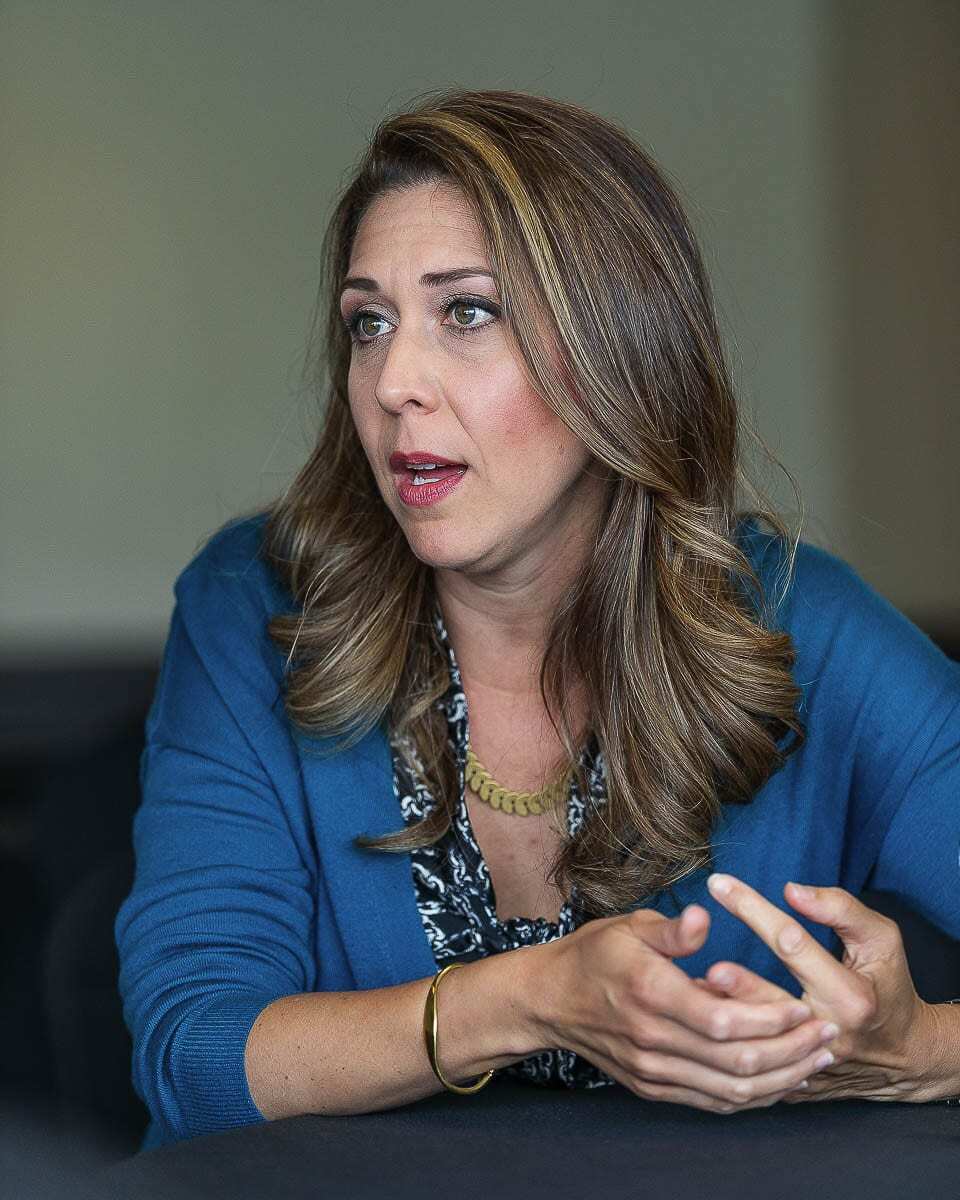
I reached out to U.S. Rep. Jaime Herrera Beutler (Republican, Washington’s Third District) for comment on Blumenauer’s statement. I didn’t realize, but should not have been surprised, the Congresswoman was well aware of Blumenauer’s words.
“This same stubborn, top-down attitude effectively killed the last I-5 bridge replacement effort,’’ Herrera Beutler stated on Facebook. “We need agreement on both sides of the river for this project to succeed and truly serve our region.”
Herrera Beutler’s Communications Director Craig Wheeler also reminded me that “whenever Clark County residents have been given a say on whether they support light rail as part of the project – they’ve rejected it.’’
Here’s a breakdown of those votes:
• 2012 (Prop 1): Clark County rejected a 0.1 percent sales tax increase to pay for light rail, the only opportunity they’d had to date to weigh in on the concept (57 percent-43 percent).
• 2013 (Advisory vote No. 1): Clark County told county commissioners to reject light rail unless first approved by a county-wide vote (68 percent-32 percent).
The Willamette Week story also pointed out that President Biden’s proposed infrastructure plan is currently priced at $2 trillion. Under the plan, $12.3 billion would be allocated annually for transit improvements. U.S. Rep. Peter DeFazio (Democrat, Oregon) chairs the House Transportation and Infrastructure Committee, and is well positioned to steer some of those dollars toward our issues here getting cars back and forth across the Columbia River.
Blumenauer reportedly speaks with DeFazio several times a week and he says no bridge will be built without light rail.
“I’ve been talking and, in fact, working for a rail across the Columbia River for 30 years,’’ Blumenauer told Willamette Week. “We came close but not quite. To have a major investment that does not tie into this multibillion-dollar regional system would be lunacy. It will not be approved without it. It’s not just me. The federal government won’t do that.”
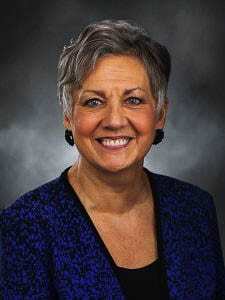
Washington state Senators Lynda Wilson (Republican, 17th District) and Ann Rivers (Republican, 18th District) were also kind enough to respond to my request for comment about Blumenauer’s thoughts on light rail and the I-5 Bridge replacement.
Wilson said Blumenauer’s claim to have DeFazio in his pocket might not be the case.
“No offense to Rep. Blumenauer, but I haven’t heard his colleague, Rep. DeFazio, make the same claim – or demand – about light rail, and I also haven’t heard it explicitly from Governor Inslee, or our state transportation commission,’’ Wilson stated in an email response to me. “I agree that light rail can be a deal breaker, but not in the way Rep. Blumenauer means it – we know what happened the last time there was an effort to force light rail across the Columbia to Clark County. That’s why Washington and Oregon created a joint Interstate Bridge committee in 2017, so legislators from both states are involved at the ground floor.
“Not once have I heard from my Oregon counterparts on the bi-state committee that it’s a no-go without light rail,’’ Wilson said. “I wonder what they would think of what the congressman said. Maybe Rep. Blumenauer should reach out to those legislators directly to see how this process has been working. We’ve worked in good faith these past several years and for someone from outside the committee to insist on light rail now risks blowing up the entire process.
“I also noticed Rep. Blumenauer didn’t talk about the obvious traffic congestion issues on his side of the river, meaning I-5 from Jantzen Beach or Delta Park through downtown and the Rose Quarter, and how those contribute to carbon emissions,’’ Wilson said. “Does he think light rail across the Columbia will fix that?’’
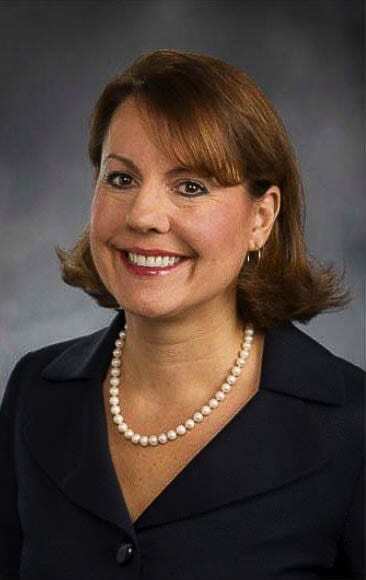
In her response to my request for comment on Blumenauer’s statements, Sen. Rivers offered similar thoughts to my comment above. If elected officials insist on light rail as a component of the I-5 Bridge replacement, this latest project could be the same spectacular failure that the CRC was.
“This is a flashback to 2013, when the prospect of federal funding was used like a carrot – or a stick – to push for light rail, even though light rail didn’t make sense for Clark County,’’ Rivers said. “Congressman Blumenauer is entitled to his view, but as someone who opposed the failed Columbia River Crossing project because it became more about extending light rail and less about reducing freeway congestion and increasing freight mobility, I believe it would be foolish to go down that road again.
“A replacement I-5 bridge needs to be about safety, increased freight mobility by both road and river, and convenient and affordable travel for Clark County residents going to and from downtown Portland,’’ Rivers said. “No one should be making ultimatums involving light rail.’’
At the end of the failed CRC, Clark County citizens felt their issues and concerns were ignored. It would appear Rep. Blumenauer is setting a course to ignore the concerns of Clark County and Southwest Washington citizens, once again.
Investing $3.5 billion in the failed CRC for a one-minute improvement in the morning (southbound) commute was a horrible value for taxpayers. Today, we have Interstate Bridge Replacement officials talking about spending $4 to $5 billion, with no mention of how much improvement there might be in people’s commute times.
The taxpayers want value for their money. Is there any value whatsoever in extending Portland’s light rail into downtown Vancouver at this time? Four to $5 billion could conceivably build several bridges across the Columbia River.




